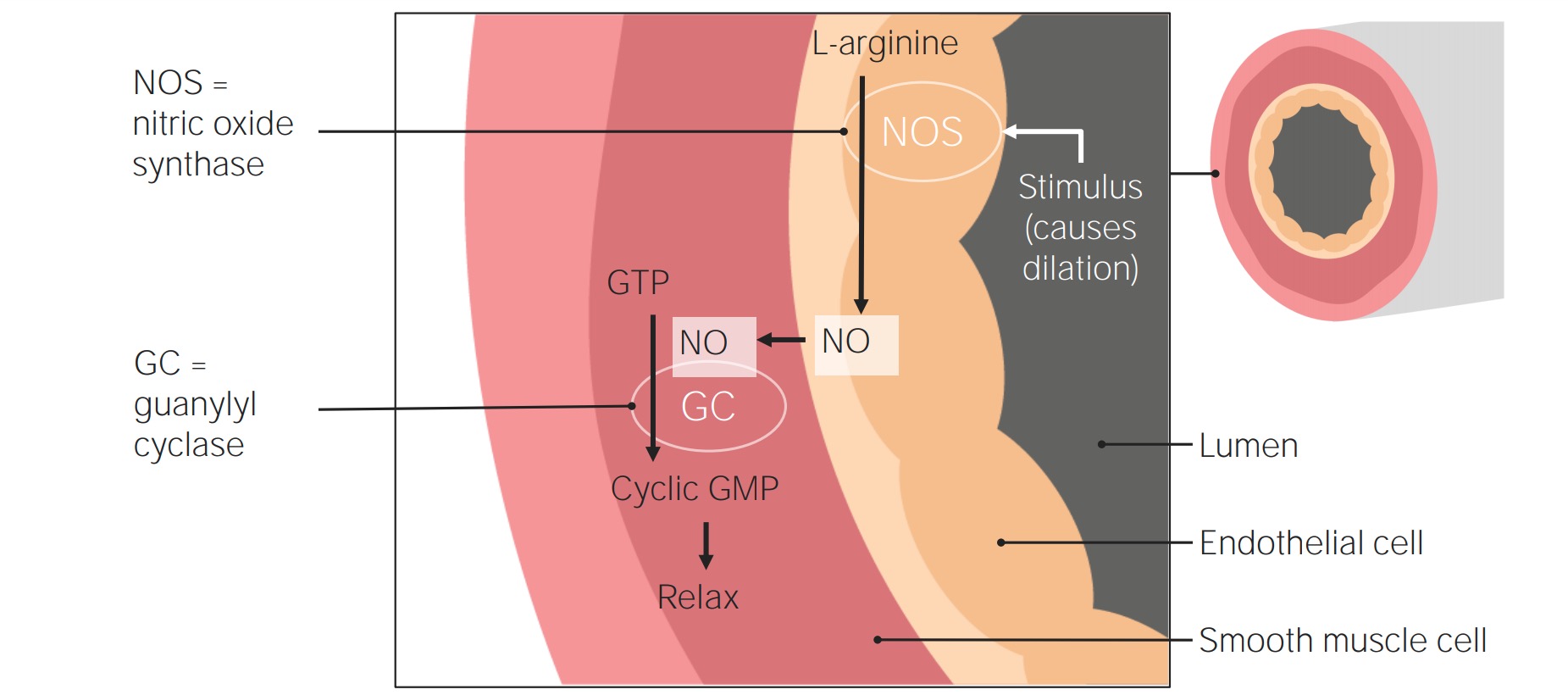Playlist
Show Playlist
Hide Playlist
Pulmonary Hypertension
-
Slides 08 VascularDiseases RespiratoryAdvanced.pdf
-
Download Lecture Overview
00:00 Pulmonary hypertension. So the other common pulmonary circulation problem as well as PEs is pulmonary hypertension. 00:07 And what this means is a raised pulmonary artery pressure, above 20 millimeters of mercury at rest. 00:13 Now this is incredibly common as a complication of hypoxic lung disease, which case is called cor pulmonale or right-sided heart disease. 00:24 And those circumstances are not often treated as a specific issue. 00:28 There are also a range of causes of pulmonary hypertension independent of lung disease and left-sided heart cardiac disease. 00:37 And we'll discuss those in a bit more detail later. 00:40 With pulmonary hypertension, the course of the pulmonary hypertension in cor pulmonale is the hypoxia itself. 00:50 So the standard reaction of a pulmonary artery to hypoxia is vasoconstriction. 00:55 That's to ensure ventilation perfusion matching occurs. 00:59 But in somebody who is very severely affected by lung disease with widespread hypoxia, that physiological response only occurs of pulmonary circulation vasoconstriction in response to hypoxia becomes a pathological problem. 01:14 As the vasoconstriction increases depression of pulmonary artery circulation and eventually leads to right-sided failure. 01:21 And that's called cor pulmonale. 01:24 In addition, patients with left-sided cardiac problems that will raise the pressure in the pulmonary veins and then that will raise the pressure of pulmonary capillaries and then the pulmonary arteries as a sort of back pressure issue from the left-sided cardiac disease and that occurs with left-sided cardiac myopathies, cardiac failure and valvular disease. 01:46 Emphysema, specifically, causes lung destruction and as it destroys the lung that will also destroy aspects of the pulmonary circulation leading to pulmonary hypertension. 01:57 And then the pulmonary arteries can be blocked independent of any issue the lungs or cardiac problems. 02:04 And this most commonly occurs in what I described earlier, which is multiple small pulmonary emboli. 02:12 But in addition, there are a bunch of diseases where you get endothelial abnormalities of the pulmonary circulation leading to pulmonary artery hypertension due to loss of the pulmonary artery circulation. 02:24 And that leaves us with primary pulmonary hypertensive diseases. 02:29 So we're going to list the course of pulmonary hypertension. 02:33 These top categories are the rare causes and these are the ones I've just described where you get primary problems of the pulmonary artery circulation. 02:43 And that's divided idiopathic which turns to be young ladies, the reason for that is not clear. 02:49 Can be due to toxins. ___ phentermine, grape seed oil have all been associated with pulmonary hypertension. 02:55 It is frequently associated to kinds of tissue disorder such as systemic sclerosis, chronic HIV infection that has a late complication of pulmonary hypertension, and sarcoidosis occasionally also causes pulmonary hypertension. 03:09 That category is the rare causes. Now the second degree causes are the common causes is the chronic hypoxic lung disease causing cor pulmonale and the most common cause of that will be COPD. 03:22 Congestive cardiac failure, mitral valve disease as we already mentioned, but there are other causes of chronic hypoxic lung disease that may end up causing secondary pulmonary hypertension such as obesity, hyperventilation, chest wall restrictive disease, interstitial lung disease. 03:37 And then there is direct occlusion of pulmonary artery circulation which is the most common cause of that will be chronic thromboembolic disease with multiple small PEs knocking off individual small arterioles which over time leads to pulmonary hypertension. 03:53 A similar situation can occur in sickle cell disease and in patients affected with just the ____ although if both of those are ___ could lead to chronic thromboembolic disease.
About the Lecture
The lecture Pulmonary Hypertension by Jeremy Brown, PhD, MRCP(UK), MBBS is from the course Pulmonary Vascular Disease.
Included Quiz Questions
Which of the following pulmonary artery pressure values define pulmonary hypertension?
- Pulmonary arterial pressure of > 20 mmHg at rest
- Pulmonary arterial pressure of > 30 mmHg at rest
- Pulmonary arterial pressure of > 15 mmHg at rest
- Pulmonary arterial pressure of > 25 mmHg at rest;
- Pulmonary arterial pressure of > 40 mmHg at rest
Which of the following is NOT a pathogenic cause of pulmonary hypertension?
- Chronic use of bronchodilators
- Hypoxic vasoconstriction of the pulmonary artery
- Back pressure due to left-sided heart failure
- Lung destruction due to emphysema and/or consolidation causing vasoconstriction
- Obstruction of the pulmonary artery by emboli
Which disease may lead to pulmonary hypertension?
- Gaucher disease
- Hemochromatosis
- Acromegaly
- Ataxia-telangiectasia
- Meningitis
What is a cardiac etiology of pulmonary hypertension?
- Coronary artery disease
- Sepsis
- Atrial fibrillation
- Supraventricular tachycardia
Customer reviews
4,0 of 5 stars
| 5 Stars |
|
2 |
| 4 Stars |
|
0 |
| 3 Stars |
|
0 |
| 2 Stars |
|
1 |
| 1 Star |
|
0 |
I think it's very clear and precise. Also the lecture is very organized so you can remember everything that´s on the tables.
2 customer reviews without text
2 user review without text




